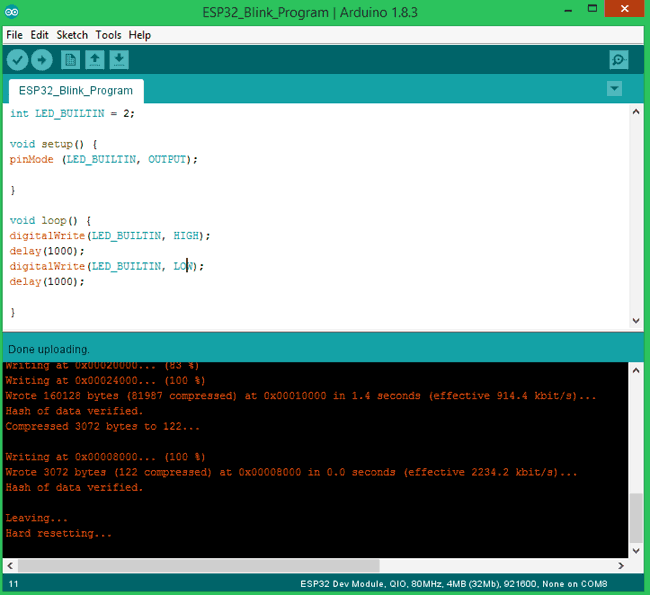

Digital input: It has 14 digital input/output pins, each of which may supply or consume 40mA of electricity. Through the pin Vin or by providing voltage reference through the IORef pin, power can be applied externally. It can run off an external power between 7 and 12 volts. Power Jack: The Arduino can be powered from a computer through USB or from an outside source, such as an adaptor or a battery. The Arduino Uno has 6 analogue inputs, a 16 MHz crystal oscillator, 14 digital input/output pins, 6 of which can be used as PWM outputs, a USB port, a power jack, an ICSP header, and a reset button. It is an ATmega328 microprocessor with 28 pins. PIN DIAGRAM Arduino Uno is a popular illustration of an Arduino board.

The Atmega328 runs at a clock speed of 16MHz and features 32 KB of flash memory for code storage (of which 0.5 KB is needed for the bootloader), 2 KB of SRAM, and 1 KB of EEPROM.

There are two memories in it: a programme memory and a data memory.The data is kept in the data memory, but the code is kept in the flash programme memory. ARCHITECTURE OF ARDUINO The Harvard design, which has separate memory for the programme code and programme data, is essentially what the Arduino processor employs. It is mostly used for communications and for operating a variety of devices. One can either use a Labview ECG VI that is already available or a Piecewise linear source.INTRODUCTION OF ARDUINO An Arduino is essentially a microcontroller-based kit that, owing to its open source hardware feature, may either be produced at home using the components or purchased straight from the seller and used right away. wav file as input to a voltage source For TINA : Then choose PWL FILE option and provide the address of the text file uploaded above.Right-click the voltage source and click ‘Advanced’.Place a Voltage source in the schematic.To do this we should create a text file with the values of ECG voltages for the corresponding time. The ECG source is implemented using a Piecewise Linear source. Now double-click the and specify the location of the downloaded text file. It should look like the image on the left. Now, in the parts library search for a VPWL_F_RE_FOREVER source. (It uses ECG values from the MIT-BIH Normal Sinus Rhythm Database)Īn ECG source is implemented using a Piecewise Linear source.

If you want realistic ECG signals in the desired range please use this spreadsheet tool I’ve created. Note: This post uses a text file with ECG signal values that are a bit too ideal-looking.


 0 kommentar(er)
0 kommentar(er)
